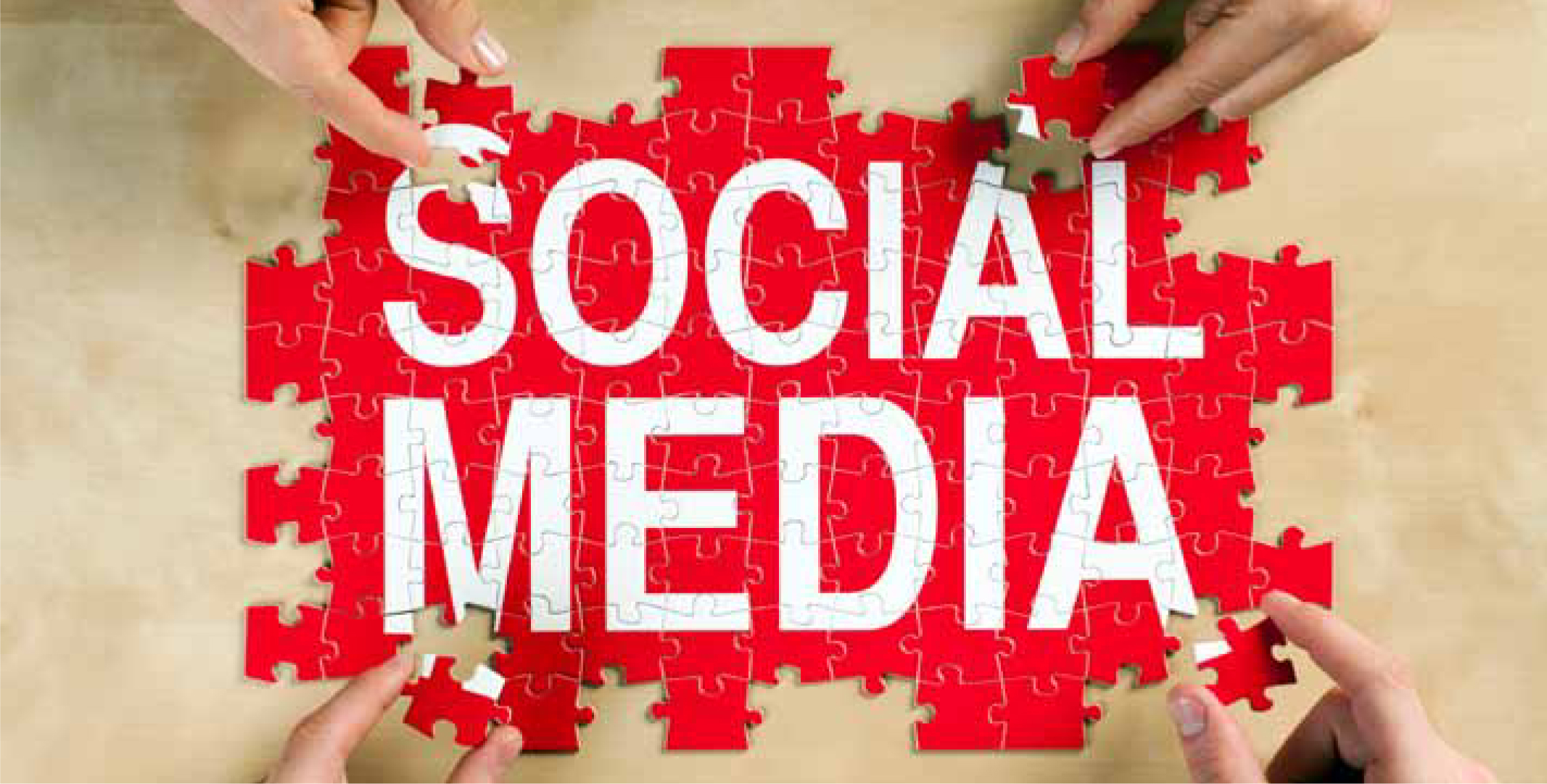
With everyone writing about social media—particularly in healthcare—one can’t help wondering if like every other area of IT, health and social care professionals are again on the back end of the early adopters curve.
It seems years ago—and probably was—that I was listening to a BBC Radio 4 programme about the upsurge in the use of Facebook and Bebo. There were various characters debating the likely future of the use of social media, yet I remember one thing sticking in my mind. While this was (at that time) the domain of teenagers only, it was clear that social media was here to stay and would affect everybody. It didn’t even occur to me that one day I’d be sat in front of my computer trying to articulate the importance of social media to health and social care professionals, and particularly, allied health professionals.
Despite the natural cynicism that many of us (especially clinicians) may have felt towards the use of social media, there is undoubtedly some good.
Open the latest copy of the London Evening Standard, watch the BBC iPlayer, or visit the Department of Health website and you will find references to a range of social media, such as ‘like us on Facebook’ or ‘tweet it’. If you like a new strategy on the Department of Health website, you can share it on Facebook, tweet about it or review it online. Provider organisations and local and central bodies are also using social media to enhance their existing communications.
For example, ambulance trusts are now tweeting about public health issues, as well as flagging up road accidents, and the police are able to support crime investigations using Twitter. Individual professionals are using the NHS Networks to learn, debate and share resources.
Not only is it easy and quick, the audience are largely self-selected, so the specificity of the messages is likely to be enhanced. Combine that with the ability to add comment, or read comments from the great and good, and it delivers a totally new experience. You can be invisible, or highly visible, and still benefit from the practice.
‘Ambulance trusts are now tweeting about public health issues, as well as flagging up road accidents’
To see the positive, social media is and must be embraced and enhanced to improve communication with patients and between healthcare professionals, to support learning and ensure consistency in high-quality care and public health.
Understanding the difference between ‘the bad’ and ‘the ugly’ is perhaps more difficult to define, but many citizens, patients and healthcare professionals are aware of the negative sides of social media.
The bad can range from the unintentional consequences of a poorly worded comment about a colleague, which results in a grovelling and humiliating apology in the tearoom, to mistakenly quoting the latest evidence incorrectly.
The critical factor in this electronic environment is once you hit publish, post, or send, it’s there, somewhere, forever, even if you go back and delete it moments later. So before you tweet, attach, send or post, think about the consequences of what you are about to do.
It can still get you into serious trouble, but the denominator here is that it is inadvertent and not obviously unprofessional straight away. For example, say that in your capacity as an allied health professional you had to visit your hospital’s A…E department and found it was absolute pandemonium. When you finish your shift, you start talking about it on Facebook as being dangerous and avoidable, and that you work there as an allied health professional. The conversation ends up on the front page of the local newspaper with your picture from the Facebook screenshot.
With social media, the delineation between your personal and professional life is paper thin, if discernible at all, so it makes sense to think about the potential professional consequences before you publish your thoughts online.
‘The critical factor in this electronic environment is once you hit publish, post, or send, it’s there, somewhere, forever’
The Health Professions Council website offers some excellent guidance on using social media. So, while keeping the bad and the ugly in mind, let’s focus on the good. Let’s embrace social media and use it proactively for our patients and public more widely.
Article content based upon original work written for the Chief Health Professions Bulletin (Department of Health).
